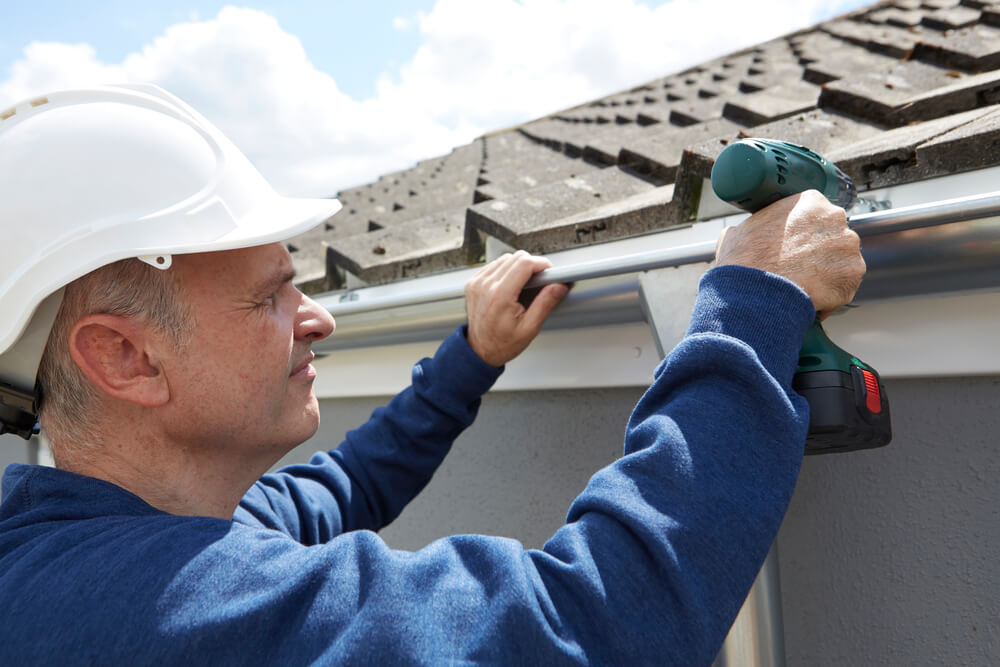
Image Source: Google
When it comes to maintaining your home, ensuring that your rain gutters are in good condition is crucial. Over time, gutters can become clogged, damaged, or ineffective, leading to potential water damage to your property. Refer link: https://thegutterguys.llc/services/gutter-replacement/
In this comprehensive guide, we will cover everything you need to know about rain gutter replacement, including signs that it's time to replace your gutters, the different types of gutters available, and the installation process.
Signs That You Need to Replace Your Rain Gutters
1. Water Damage
- Water stains on the siding of your home
- Peeling paint or rust spots on your gutters
- Pooling water around the foundation of your home
2. Sagging or Pulling Away from the House
- If you notice your gutters sagging or pulling away from the house, it's a clear sign that they are no longer functioning properly.
- This could be due to clogs, damage, or old age.
3. Cracks or Holes
- Inspect your gutters for any visible cracks, holes, or rust spots.
- These can lead to leaks and water damage if not addressed promptly.
The Different Types of Gutters
1. Aluminum Gutters
- Lightweight and easy to install
- Resistant to rust and corrosion
- Available in a variety of colors
2. Copper Gutters
- Durable and long-lasting
- Adds a touch of elegance to your home
- Develops a beautiful patina over time
3. Vinyl Gutters
- Low cost and easy to install
- Resistant to rust and corrosion
- May not be as durable as other materials
The Installation Process
1. Remove Old Gutters
- Begin by removing the old gutters from your home.
- Inspect the fascia board for any damage that may need to be repaired before installing the new gutters.
2. Measure and Cut New Gutters
- Measure the length of your roofline to determine how much gutter you will need.
- Cut the gutters to the appropriate size using a hacksaw.
3. Attach Gutters to the House
- Secure the gutters to the fascia board using gutter hangers or spikes.
- Ensure that the gutters have the proper slope to allow water to flow towards the downspouts.
4. Install Downspouts
- Attach downspout elbows to the gutters to direct water away from the house.
- Install downspout extensions to ensure that water drains at least 5 feet away from the foundation.
5. Test the Gutters
- After installation, run water through the gutters to check for any leaks or obstructions.
- Make any necessary adjustments to ensure that the gutters are functioning properly.
By following these steps and guidelines, you can ensure that your rain gutters are replaced efficiently and effectively. Remember that regular maintenance and inspection of your gutters are essential to prevent water damage and protect your home in the long run.